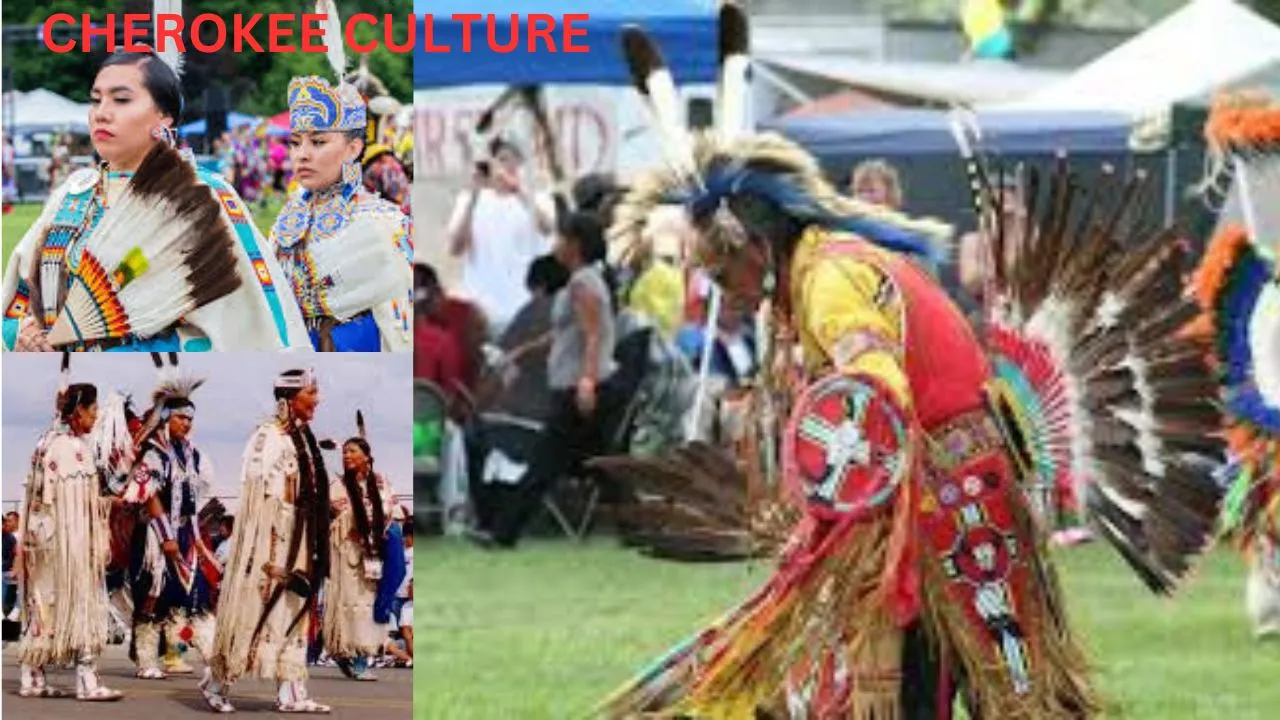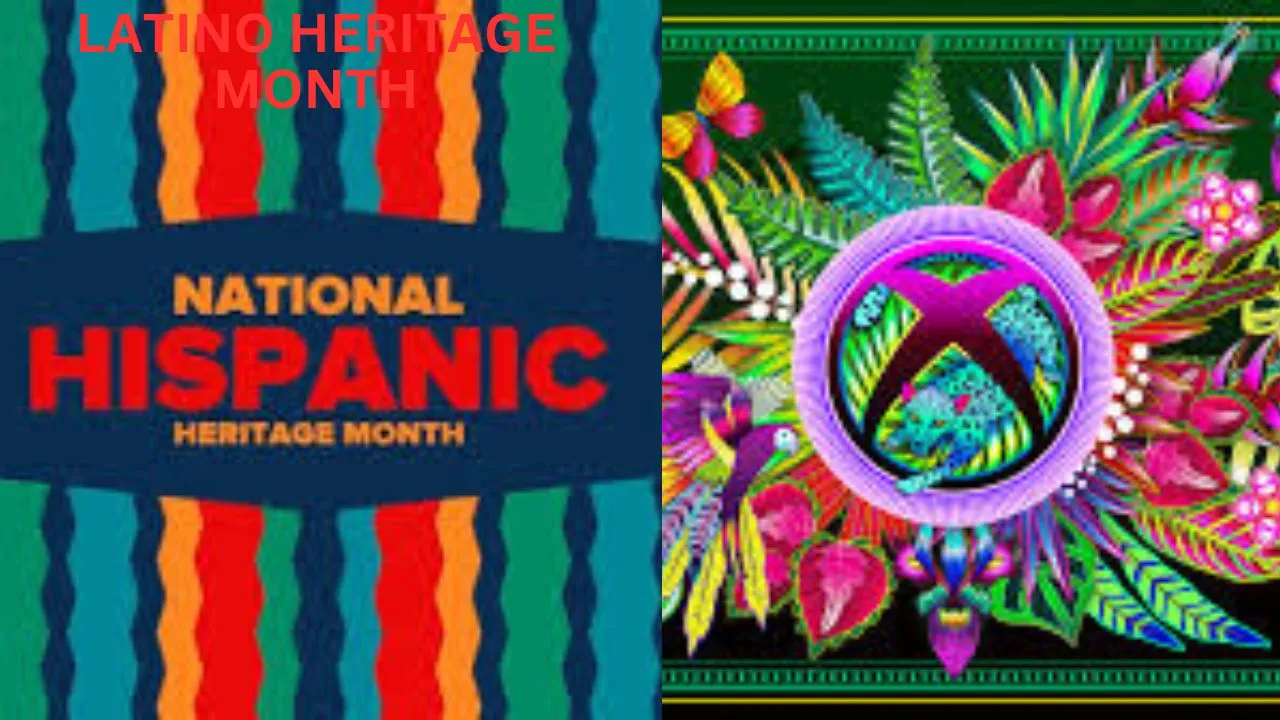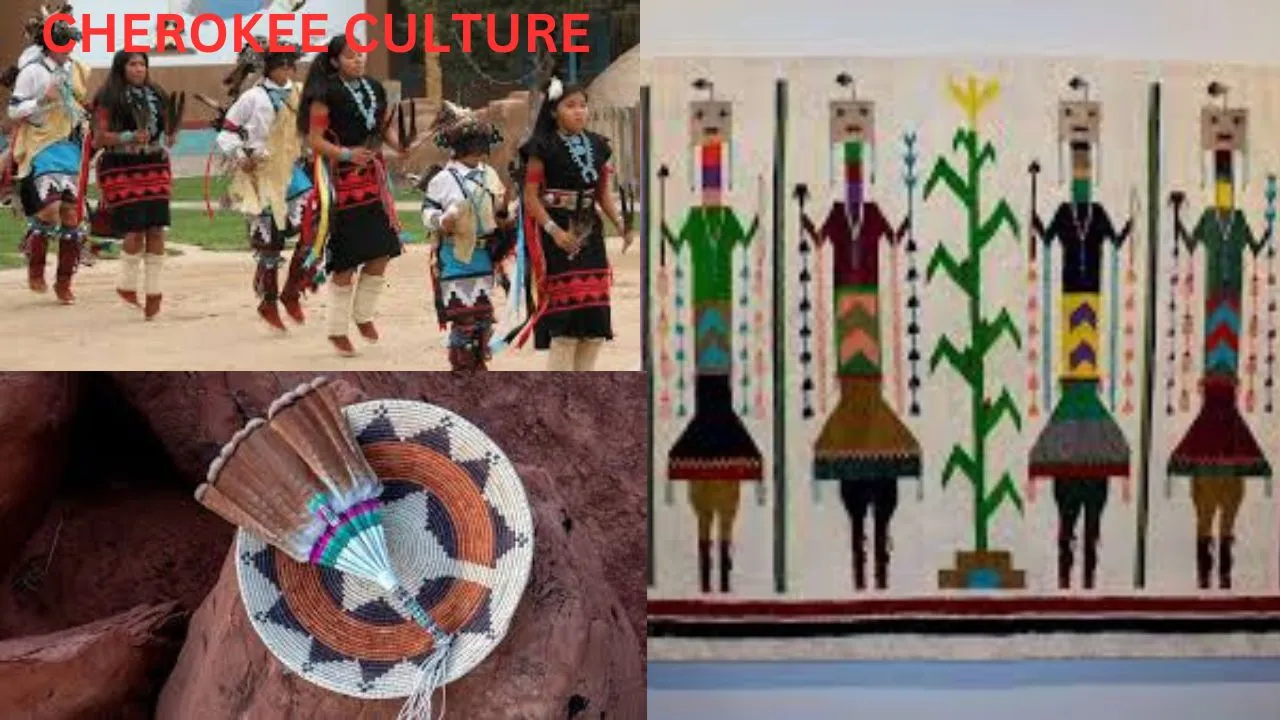
navajo culture
Admin
- 0
The Navajo culture is rich and vibrant, filled with unique customs and traditions that have been passed down from generations to generations. From the delicious Navajo cuisine to the ancient rituals and ceremonies, the Navajo people have a deep connection to their heritage. Let’s explore this fascinating culture and all the aspects that make it truly special.
Navajo Culture Food
- The Navajo people have a cuisine that is deeply rooted in their history and land. One iconic dish is Frybread, which is made from flour, water, salt, and baking powder. It is then fried until golden brown and can be enjoyed plain or with various toppings such as honey, jam, or powdered sugar. The savory Navajo taco is also a popular dish, with a base of frybread topped with beans, meat, lettuce, cheese, and salsa.
- Additionally, corn plays a significant role in Navajo cuisine. Corn is used to make staples like cornbread and hominy, which are essential components of many traditional Navajo meals. Sheepherding is another integral part of Navajo culture, and mutton stew, made with tender lamb meat and rich spices, is a beloved dish often served during special occasions.
- Another staple in Navajo cuisine is blue corn, which holds cultural significance for the Navajo people. Blue corn is used to make dishes like blue corn mush, a hearty porridge often eaten for breakfast or as a side dish. The blue corn is ground into a fine powder and mixed with water to create a thick, nutritious meal that provides sustained energy throughout the day.
- Moreover, traditional Navajo cooking methods often involve outdoor techniques such as stone roasting and earth baking. Stone roasting involves heating stones in a fire and then using them to cook meat or vegetables, imparting a unique smoky flavor to the food. Earth baking, on the other hand, involves burying food underground with hot coals to slow cook it, resulting in tender and flavorful dishes like earth-baked cornbread. These age-old cooking techniques not only add distinctive flavors to Navajo cuisine but also connect the Navajo people to their ancestral culinary practices.
Navajo Culture Facts
There are many interesting facts about the Navajo culture that showcase the depth of their traditions. The Navajo Nation is the largest Native American reservation in the United States, covering over 27,000 square miles across Arizona, New Mexico, and Utah. The Navajo language, also known as Diné Bizaad, is a complex and lyrical language that is still spoken by many Navajo people toda
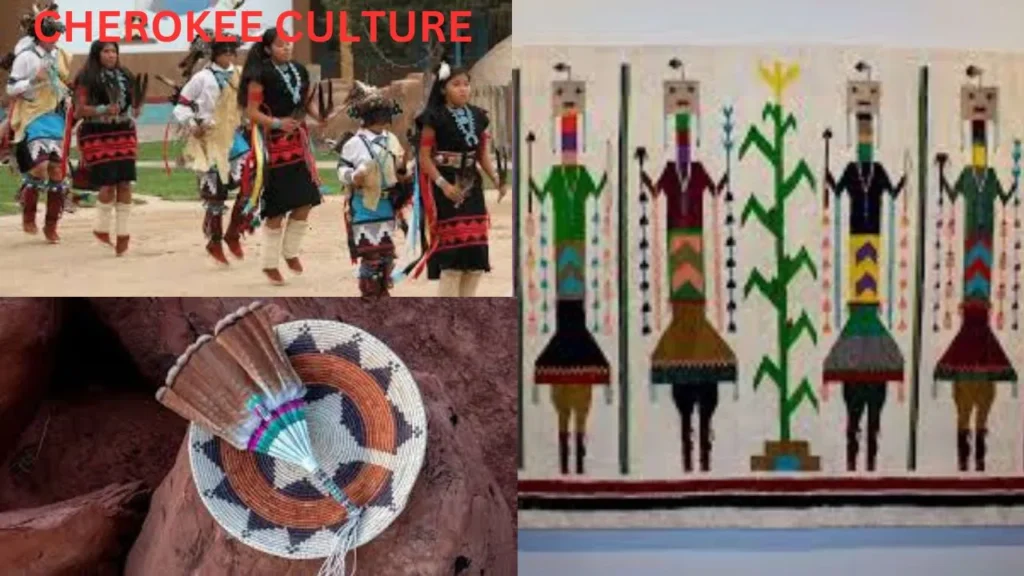
The Navajo people have a strong connection to their land, known as Dinétah, which they believe was created by the deities that they worship. The Hogan, a traditional Navajo dwelling, is a circular structure made of wooden poles and covered in mud or earth, symbolizing the Navajo’s harmonious relationship with nature.
One fascinating aspect of Navajo culture is their intricate and colorful traditional attire. Navajo men often wear silver and turquoise jewelry, while women don vibrant, handwoven dresses and shawls. These garments are not just for adornment but also hold deep cultural significance, with intricate patterns and designs that tell stories of the Navajo people’s history and beliefs.
Another important element of Navajo culture is their rich tradition of storytelling. Through oral traditions passed down from generation to generation, Navajo elders share myths, legends, and historical accounts that teach important lessons and preserve the tribe’s heritage. These stories are often accompanied by traditional songs and chants, adding a musical and spiritual dimension to the Navajo storytelling experience.
Navajo Culture History
The history of the Navajo people is rich with tales of resilience and strength. The Navajo Nation has a complex history of interactions with European colonizers and the US government, marked by events such as the Long Walk of 1864 when thousands of Navajo people were forced to march to a reservation in New Mexico.
Despite periods of adversity, the Navajo people have persevered and thrived. Today, they are known for their artistic expressions, traditional craftsmanship, and strong sense of community and family values.
One of the most iconic aspects of Navajo culture is their intricate and beautiful jewelry. Navajo silversmiths are renowned for their skill in creating stunning pieces adorned with turquoise, coral, and other precious stones. Each piece of jewelry tells a story, often reflecting the natural world and spiritual beliefs of the Navajo people.
Another integral part of Navajo culture is their traditional ceremonies and rituals. The Navajo have a deep connection to the land and the spiritual realm, which is evident in their ceremonial practices. From the sacred Blessingway ceremony to the powerful Night Chant ceremony, each ritual plays a vital role in maintaining the balance and harmony of the Navajo world.
Navajo Art and Crafts
Navajo art and crafts are renowned for their intricate beauty and cultural significance. Navajo rugs, woven with exquisite patterns and vibrant colors, are prized works of art. Each rug tells a story and reflects the weaver’s creativity and skill.
Navajo silver jewelry is another prominent aspect of their artistic traditions. Turquoise, a sacred stone to the Navajo people, is often incorporated into silver jewelry designs, creating pieces that are both visually stunning and spiritually meaningful.
Aside from rugs and jewelry, pottery is also a significant art form in Navajo culture. Navajo pottery is known for its unique designs and earthy colors, often incorporating traditional symbols and motifs that hold deep cultural meanings. The process of creating Navajo pottery involves gathering clay from the earth, shaping it by hand, and firing it in outdoor kilns.
Another notable craft in Navajo culture is sand painting, a traditional art form used in healing ceremonies. Navajo sand paintings are intricate designs made with colored sand, representing spiritual symbols and stories. The creation of a sand painting is a sacred process, with each element carefully chosen and placed to invoke healing energies and restore balance.
The History of the Navajo People
The history of the Navajo people is intertwined with the land they inhabit. The Navajo believe that they emerged from the underground and were guided to their current homeland by spiritual beings. Legends and stories handed down through generations speak of their origins and their connection to the spiritual world.
The Navajo people have a deep respect for their ancestors, and their history is passed down through oral traditions. They hold ceremonies to honor their forefathers and seek guidance from the spiritual realm. These ceremonies play an important role in maintaining the spiritual and cultural well-being of the Navajo community.
Navajo Ceremonies and Rituals
Navajo ceremonies and rituals are integral to their cultural practices. The Navajo people have various ceremonies throughout the year, each with its own purpose and significance. One of the most well-known ceremonies is the Blessingway ceremony, which is performed to bring harmony and balance to individuals and communities.
The Navajo also partake in the sweat lodge ceremony, a purification ritual that involves entering a small dome-shaped structure heated by hot stones. Participants engage in prayers, songs, and introspection while purifying their bodies and minds.
Another essential ceremony is the Enemyway ceremony, which aims to heal those who have encountered harmful forces or experiences. Through prayers, songs, and rituals, the Navajo people seek to restore harmony and protect against negative influences.
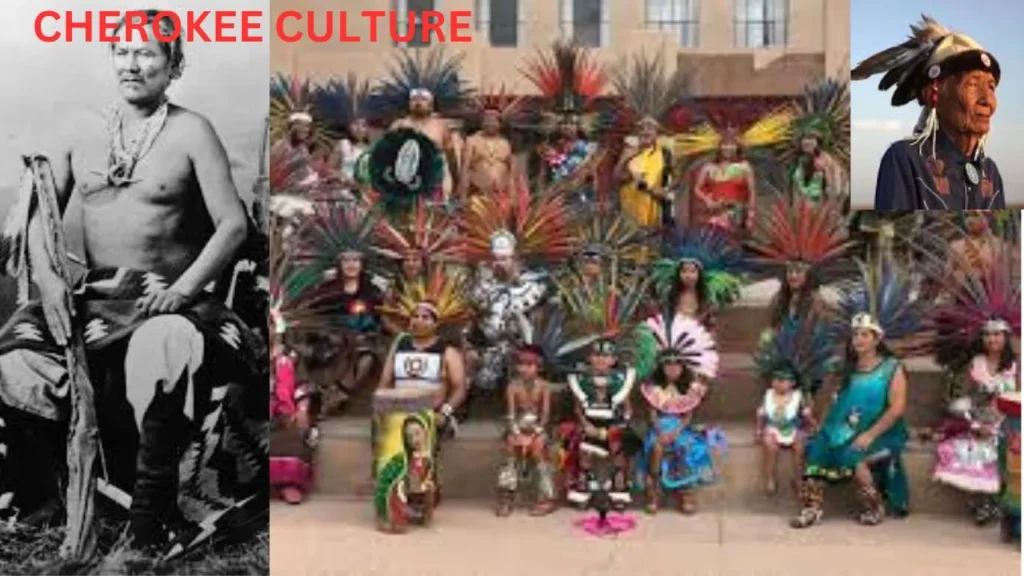
Why is Navajo famous?
Navajo culture has gained fame worldwide due to its rich artistic traditions, unique cuisine, and deep spiritual practices. The craftsmanship of Navajo artisans, whether it be in weaving rugs or creating intricate silver jewelry, is highly regarded for its impeccable quality and stunning beauty.
The Navajo people’s resilience and ability to preserve their language, ceremonies, and cultural practices throughout history have also contributed to their fame. Their distinctive way of life serves as an inspiration to many and continues to captivate people around the globe.
What god did the Navajo believe in?
The Navajo people believe in a complex pantheon of deities and supernatural beings that play significant roles in their spiritual lives. One of the central deities in Navajo mythology is Changing Woman, a powerful goddess associated with fertility, growth, and the cycles of life.
Other notable deities in Navajo belief include Coyote, the trickster figure known for his mischievous nature, and the Holy People, a group of sacred beings who bring blessings, protection, and knowledge to the Navajo people. The Navajo people hold a deep reverence for these deities and often seek their guidance through rituals and ceremonies.
Who do the Navajo pray to?
The Navajo people have a strong spiritual connection and offer prayers to their deities and ancestors. Traditionally, Navajo prayers are performed in hogan ceremonies, sweat lodges, or other sacred places. Prayer is seen as a way to communicate with the spiritual realm, seek guidance, and express gratitude.
During prayer, the Navajo people often use traditional objects such as sacred plants, feathers, or corn pollen as offerings or symbols of their intentions. They also engage in chants and songs passed down through generations, creating a harmonious and meditative atmosphere.
In conclusion
the Navajo culture is a treasure trove of traditions, beliefs, and artistic expressions that have stood the test of time. From their mouthwatering cuisine to their awe-inspiring ceremonies, the Navajo people’s deep connection to their land and spirituality is truly remarkable. Through their resilience and commitment to preserving their heritage, the Navajo culture continues to captivate and inspire people from all walks of life.
